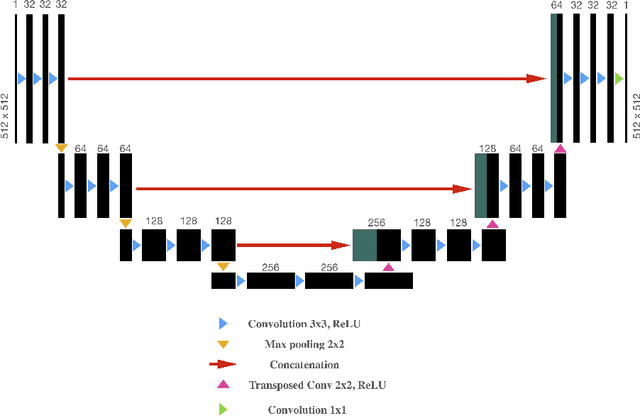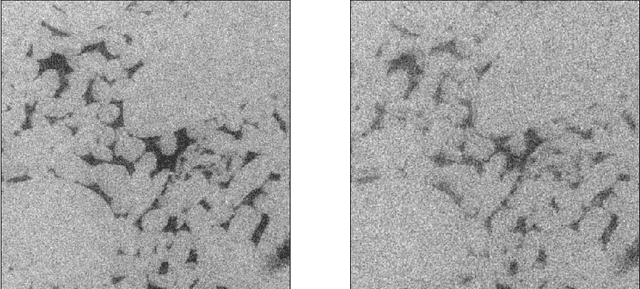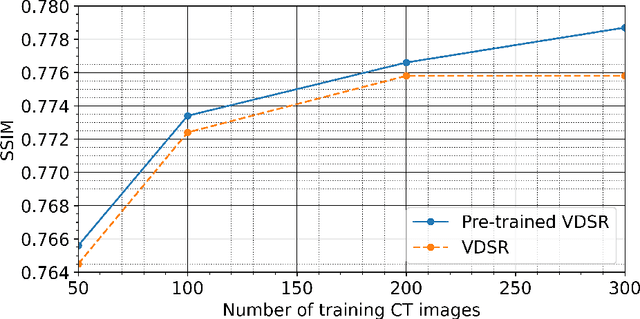Khalid L. Alsamadony
Photoelectric Factor Prediction Using Automated Learning and Uncertainty Quantification
Jun 17, 2022



Abstract:The photoelectric factor (PEF) is an important well logging tool to distinguish between different types of reservoir rocks because PEF measurement is sensitive to elements with high atomic number. Furthermore, the ratio of rock minerals could be determined by combining PEF log with other well logs. However, PEF log could be missing in some cases such as in old well logs and wells drilled with barite-based mud. Therefore, developing models for estimating missing PEF log is essential in those circumstances. In this work, we developed various machine learning models to predict PEF values using the following well logs as inputs: bulk density (RHOB), neutron porosity (NPHI), gamma ray (GR), compressional and shear velocity. The predictions of PEF values using adaptive-network-fuzzy inference system (ANFIS) and artificial neural network (ANN) models have errors of about 16% and 14% average absolute percentage error (AAPE) in the testing dataset, respectively. Thus, a different approach was proposed that is based on the concept of automated machine learning. It works by automatically searching for the optimal model type and optimizes its hyperparameters for the dataset under investigation. This approach selected a Gaussian process regression (GPR) model for accurate estimation of PEF values. The developed GPR model decreases the AAPE of the predicted PEF values in the testing dataset to about 10% AAPE. This error could be further decreased to about 2% by modeling the potential noise in the measurements using the GPR model.
Deep-Learning Driven Noise Reduction for Reduced Flux Computed Tomography
Jan 18, 2021



Abstract:Deep neural networks have received considerable attention in clinical imaging, particularly with respect to the reduction of radiation risk. Lowering the radiation dose by reducing the photon flux inevitably results in the degradation of the scanned image quality. Thus, researchers have sought to exploit deep convolutional neural networks (DCNNs) to map low-quality, low-dose images to higher-dose, higher-quality images thereby minimizing the associated radiation hazard. Conversely, computed tomography (CT) measurements of geomaterials are not limited by the radiation dose. In contrast to the human body, however, geomaterials may be comprised of high-density constituents causing increased attenuation of the X-Rays. Consequently, higher dosage images are required to obtain an acceptable scan quality. The problem of prolonged acquisition times is particularly severe for micro-CT based scanning technologies. Depending on the sample size and exposure time settings, a single scan may require several hours to complete. This is of particular concern if phenomena with an exponential temperature dependency are to be elucidated. A process may happen too fast to be adequately captured by CT scanning. To address the aforementioned issues, we apply DCNNs to improve the quality of rock CT images and reduce exposure times by more than 60\%, simultaneously. We highlight current results based on micro-CT derived datasets and apply transfer learning to improve DCNN results without increasing training time. The approach is applicable to any computed tomography technology. Furthermore, we contrast the performance of the DCNN trained by minimizing different loss functions such as mean squared error and structural similarity index.
 Add to Chrome
Add to Chrome Add to Firefox
Add to Firefox Add to Edge
Add to Edge